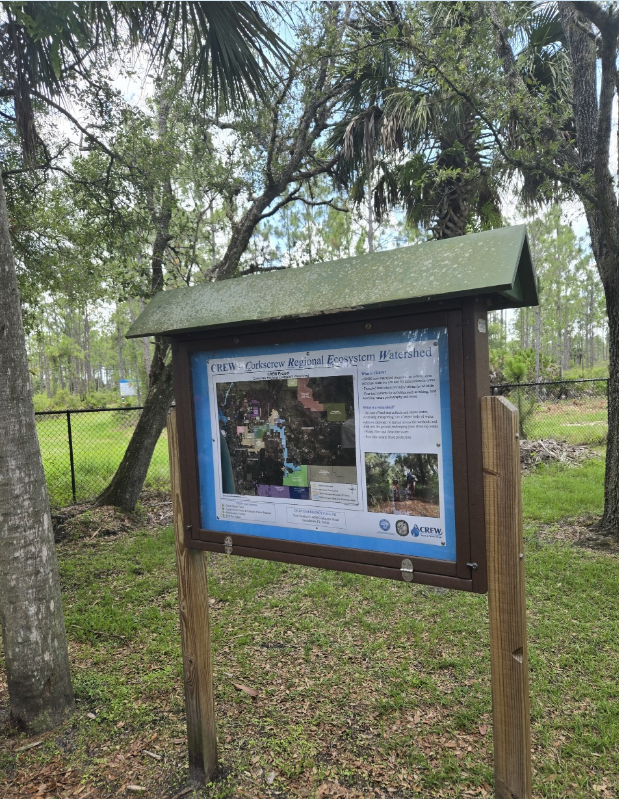Journal 2 on Field trip One: FGCU Campus, Nature Trail Walk & Ecological Footprint
Through our walk around campus, I truly learned a lot about my university's sustainability efforts and a lot of the things I walk by every day without thinking much about. I found it interesting that there were so many areas where you can see civilization and nature meet. I also found the simpler sustainability efforts very interesting, such as the rocks along pathways, which capture rainwater and mitigate erosion. I see these rocks every day as I walk through campus and was thrilled to finally know their purpose. I was also fascinated to learn more about the more obvious sustainability efforts, such as our recycling bins, which have been a major contributor in ensuring that a lot of FGCU's waste does not enter landfills. I was also proud of my University for having a LEED, Leadership in Energy and Environmental Design, platinum-certified building. I have also walked past this certification without much thought, but now that I know what it means, I can be proud to say that my university lives up to what it claims to be, an institution that truly prioritizes the environment.
The Pine Flatwoods
I learned a lot about the Pine Flatwoods and found it interesting that there are ecosystems that can thrive even after a wildfire or even require said wildfires in order to do so. I also found it interesting that despite the area on campus being an ecosystem that normally relies on said fires, it has managed to thrive despite not being able to undergo these fires due to the ban prohibiting them in regard to public safety.
The Oak Hammock
I found the Oak Hammock interesting as it is the first biome we encountered, and from the start, it was made clear how many different kinds of vegetation lived here. It was also interesting to compare and contrast it to the Pine Flatwoods. Many people may not notice things like the different tree heights or any differences at all, for that matter, and may just view both as forests, but they definitely each have distinct differences from one another, which make them all the more fascinating. I also found it interesting how this biome is known for having moist soils and vegetation, which benefits from higher humidity, especially in a state like Florida, which is known for its humidity. It made me ponder how many of these biomes may exist in a state I have lived in my entire life.
The Cypress Dome
This was undoubtedly the saddest part of the trip, as it was abnormally dry, which made the human impact on the environment undeniable. It was also sad to see, as I remember visiting this location prior to this trip and standing in waist-deep water. To now only deal with mud in an area known for its more swamp-like features was quite saddening. It was also interesting to see that there was a clear problem within the biome, but at the same time, we could still see thriving plant life, which truly showed off the perseverance of nature, which I found to be remarkable.










Comments
Post a Comment